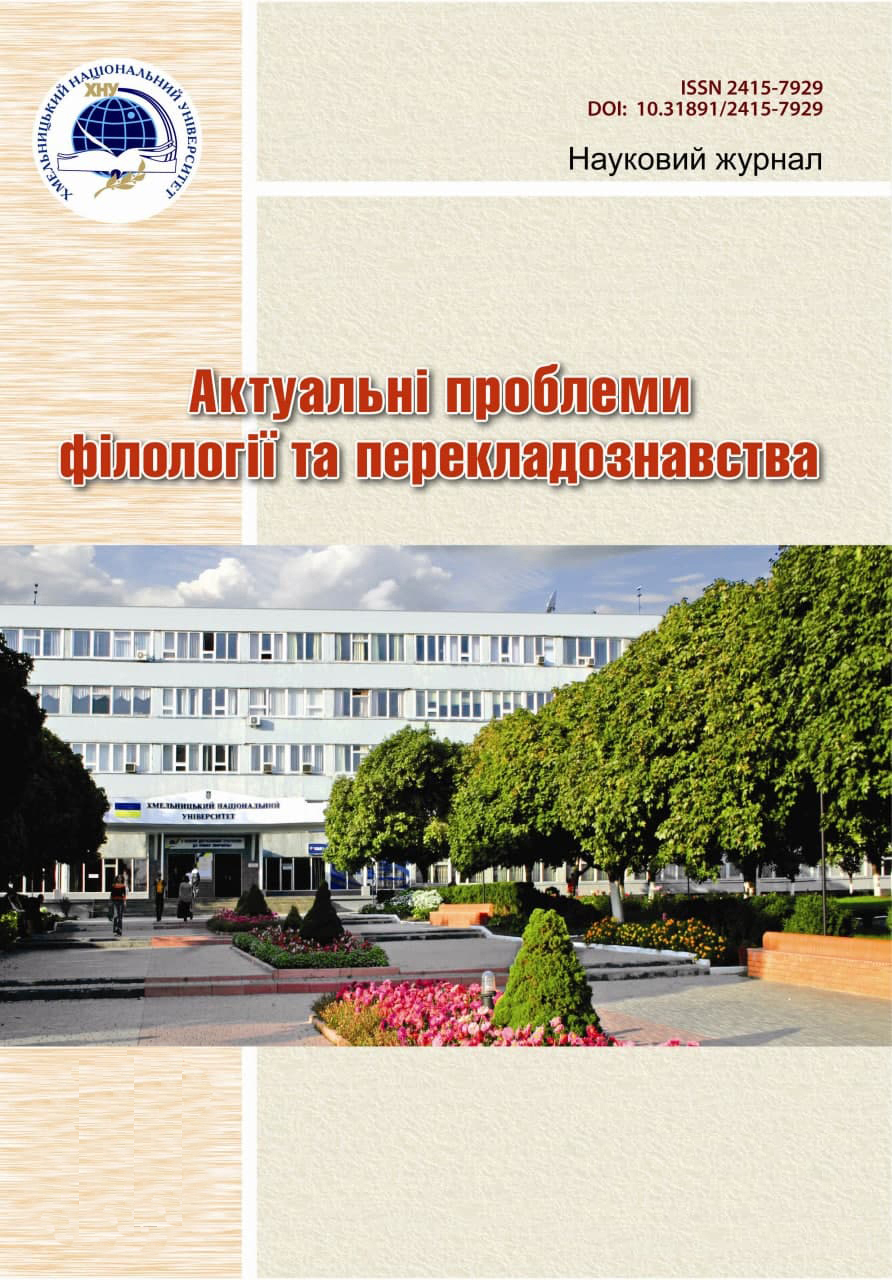USE OF DIGITAL TOOLS IN THE PROCESS OF TEACHING ENGLISH AS A FOREIGN LANGUAGE
DOI:
https://doi.org/10.31891/2415-7929-2025-34-12Keywords:
digital tools, English language teaching, foreign language, digital transformation of education, multimedia technologies, interactive platforms, gamification, mobile applications, adaptive learning, educational processAbstract
The article reveals the features of implementing digital tools in the process of teaching English as a foreign language amid the digital transformation of the educational environment. It is established that a high level of English proficiency is a key component of cultural competence and a factor in the professional success of higher education students. It is clarified that traditional pedagogical approaches focused on mastering grammatical and lexical structures remain the foundation for developing language competence; however, their combination with innovative digital resources significantly expands educational opportunities. It is emphasized that the integration of mobile applications, educational games, AI-based platforms, and gamified tools contributes to creating an interactive educational environment that enhances students’ emotional engagement and reduces cognitive barriers in foreign language communication. The role of multimedia technologies, such as video and audio content, interactive webinars, and digital simulations, is highlighted as they ensure the development of productive language skills and interpersonal communication in real contexts. It is noted that self-study platforms (Duolingo, Quizlet, BBC Learning English, LingQ) provide access to authentic materials and promote the formation of competence in listening, reading, and vocabulary usage. It is determined that digital learning methods increase students’ motivation, involvement in the educational process, and effectiveness in mastering English, forming an adaptive and personalized educational space. It is observed that the use of multimedia tools fosters cognitive activity and quality of material assimilation by ensuring the differentiation of learning tasks according to competence levels. The possibilities of adaptive mobile applications, which automatically select exercises based on individual needs, thereby enhancing autonomy and accuracy of phonetic production, are disclosed. It is established that the success of digital transformation depends on the digital literacy level of teachers and students, and combined mentoring programs prove most effective for acquiring digital competencies. The importance of virtual and augmented reality technologies in simulating authentic language environments, which reduce anxiety during oral speech, is underlined. It is emphasized that storytelling and gamified technologies significantly expand the possibilities of personalized learning by combining formative assessment with creative activities, which increases motivation and sustains students’ interest in the digital educational environment.
Downloads
Published
Issue
Section
License
Copyright (c) 2025 Володимир БАНЯС, Наталія БАНЯС (Автор)

This work is licensed under a Creative Commons Attribution 4.0 International License.

